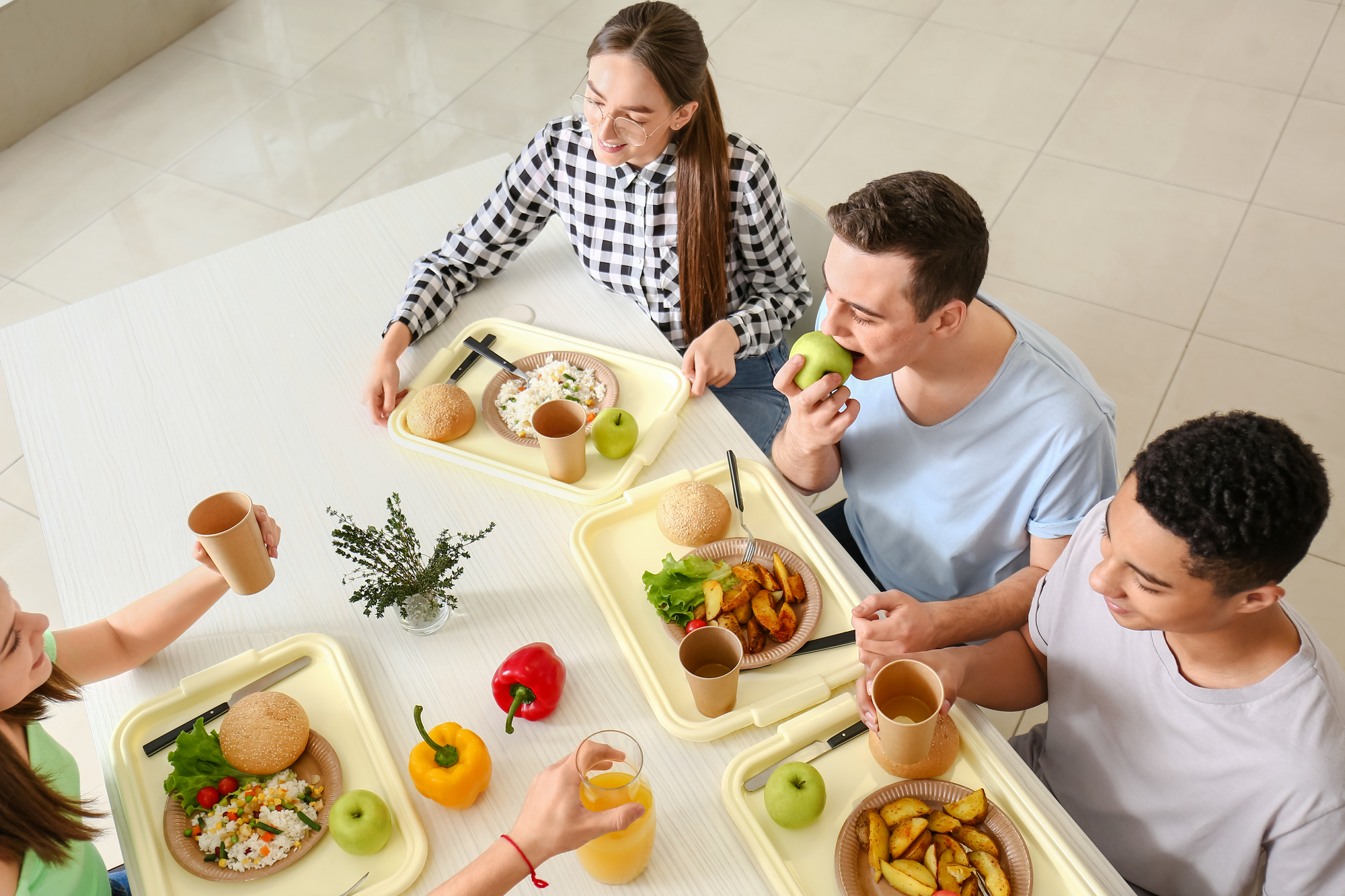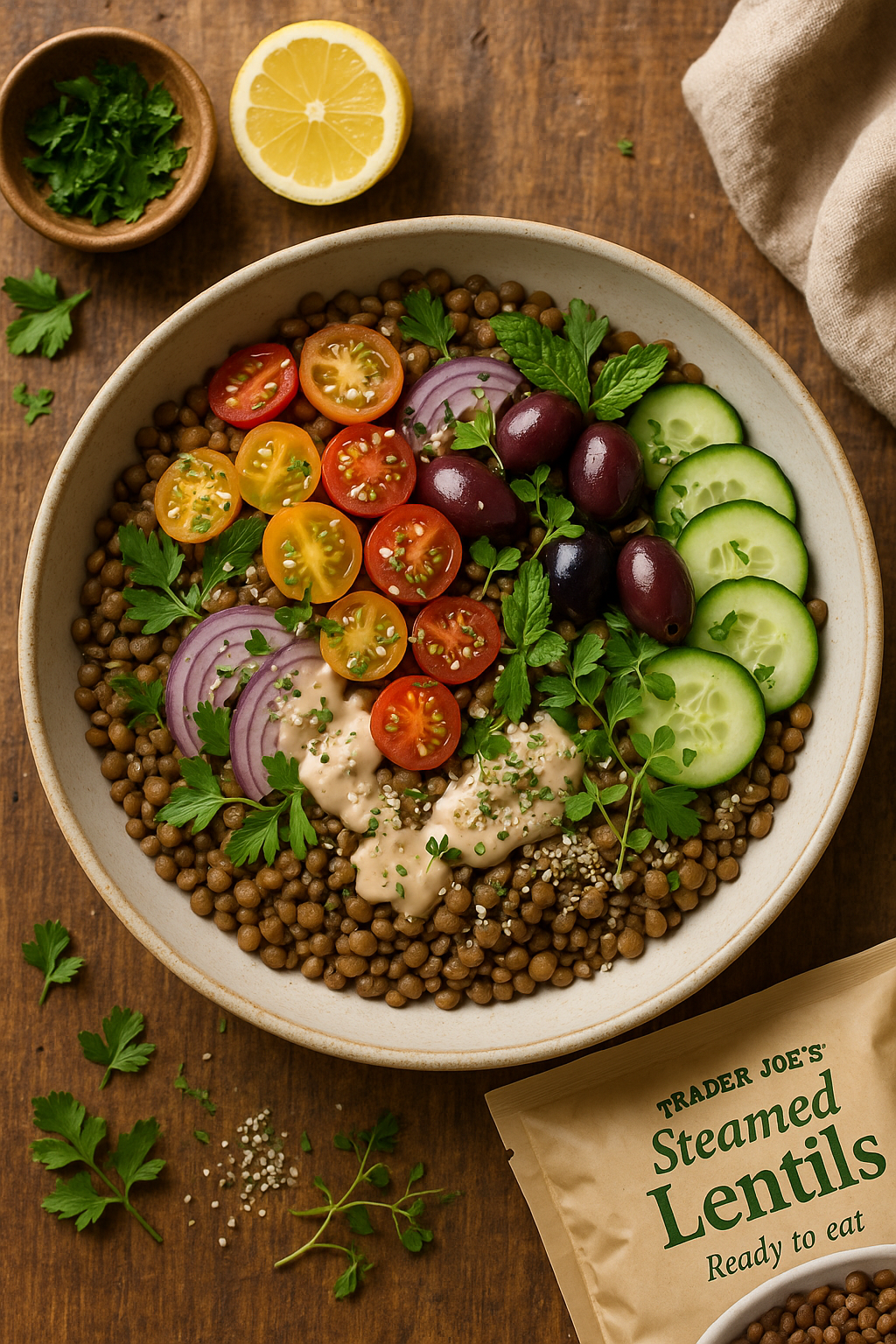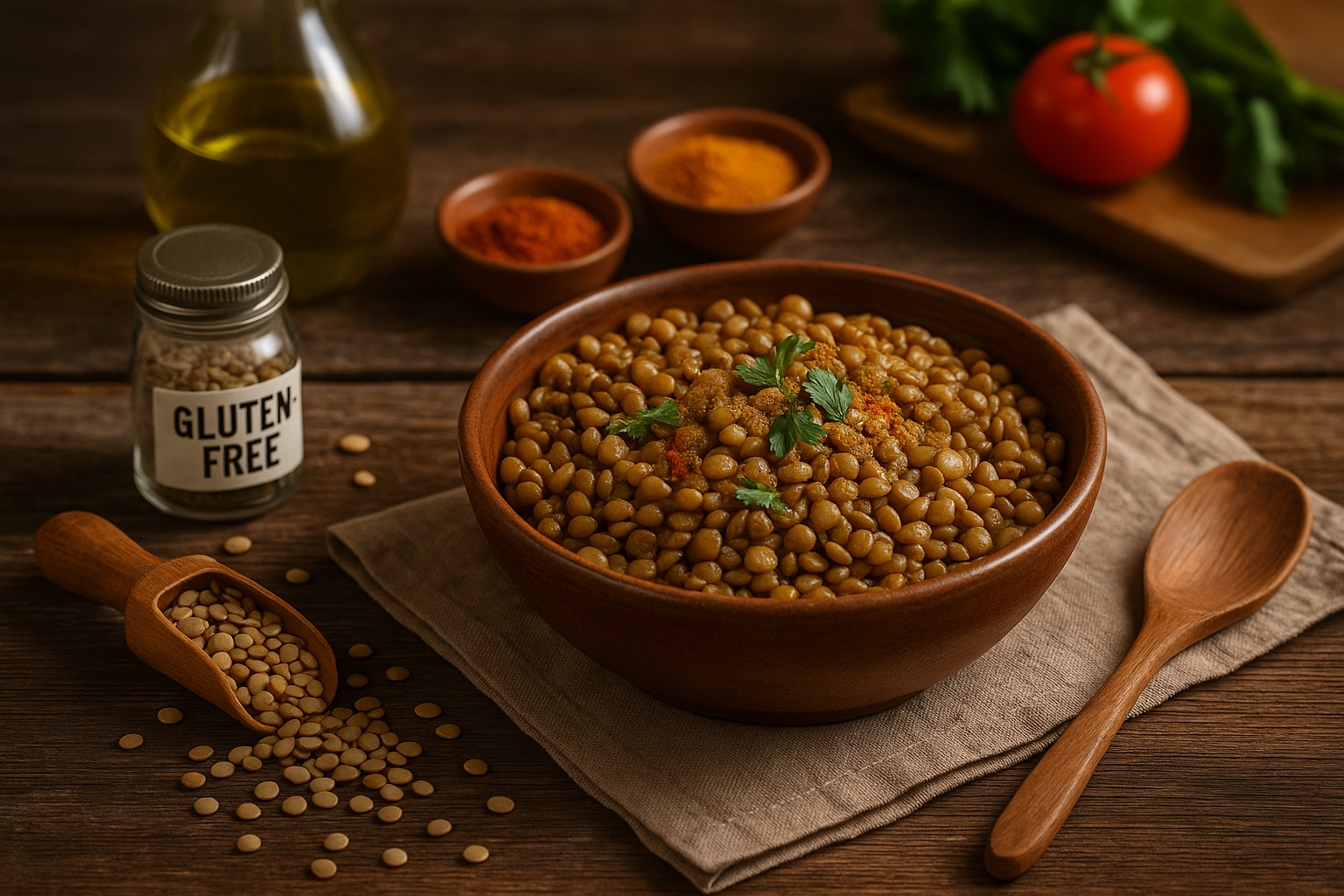Back in the 80s when I was in college, nutrition wasn’t even on my radar. No one I knew cared about “balanced meals“ or whatever. We just ate what was convenient—pizza at midnight, instant noodles, whatever I could grab on the way to class. If it tasted good and didn’t cost much, that was good enough for me.
It wasn’t until I had my own kids that I started paying attention to what food actually does to a body. Now at 59, looking back at college-me, I wonder what I was thinking. I could’ have eaten so much better, even with a tiny fridge and tinier budget.
Watching my three sons go through college—struggling with the same food problems I had 35+ years ago—was an eye-opener. That’s why I got into meal planning for college students. Not because I’m a health buff (I still eat ice cream straight from the container sometimes), but from seeing so many young people struggle with dorm life eating challenges.
I’m not talking about gourmet cooking or complicated meal prep… just practical strategies that work when all you’ve got is a microwave and a dream.
Understanding College Meal Plans
What Are College Meal Plans?
Colleges aggressively market prepaid meal packages during orientation, making them sound essential. But let’s get real about what these actually are: you’re pre-paying for cafeteria food. These plans come in different varieties—all-you-can-eat options, limited meal deals, or those with “flex dollars” for campus food outlets.
What they don’t mention in the brochures: these meal plans are expensive. Do the math and you’re often paying $12-15 per meal for food that’s worth maybe half that. Plus, if you have afternoon labs when the dining hall is closed? Too bad! Money wasted.
The options can be limited, especially for students with dietary restrictions like gluten-free or vegan diets. For students living off campus, these plans are almost always a terrible deal. This is why having your own food strategy matters so much.
Benefits of Personal Meal Planning
A little planning cuts food costs in HALF. No exaggeration. But it’s not just about money. Ever heard of the “freshman fifteen“? It’s real! When students eat whatever is convenient—usually refined carbs, sugar, and processed food—those pounds creep on fast.
Effective meal planning means:
- Reducing food waste from spoilage
- Having actual food ready during late-night study sessions
- Avoiding time wasted in cafeteria lines during busy periods
- Maintaining better energy levels, focus, and sleep quality
Setting Up Your Dorm Kitchen
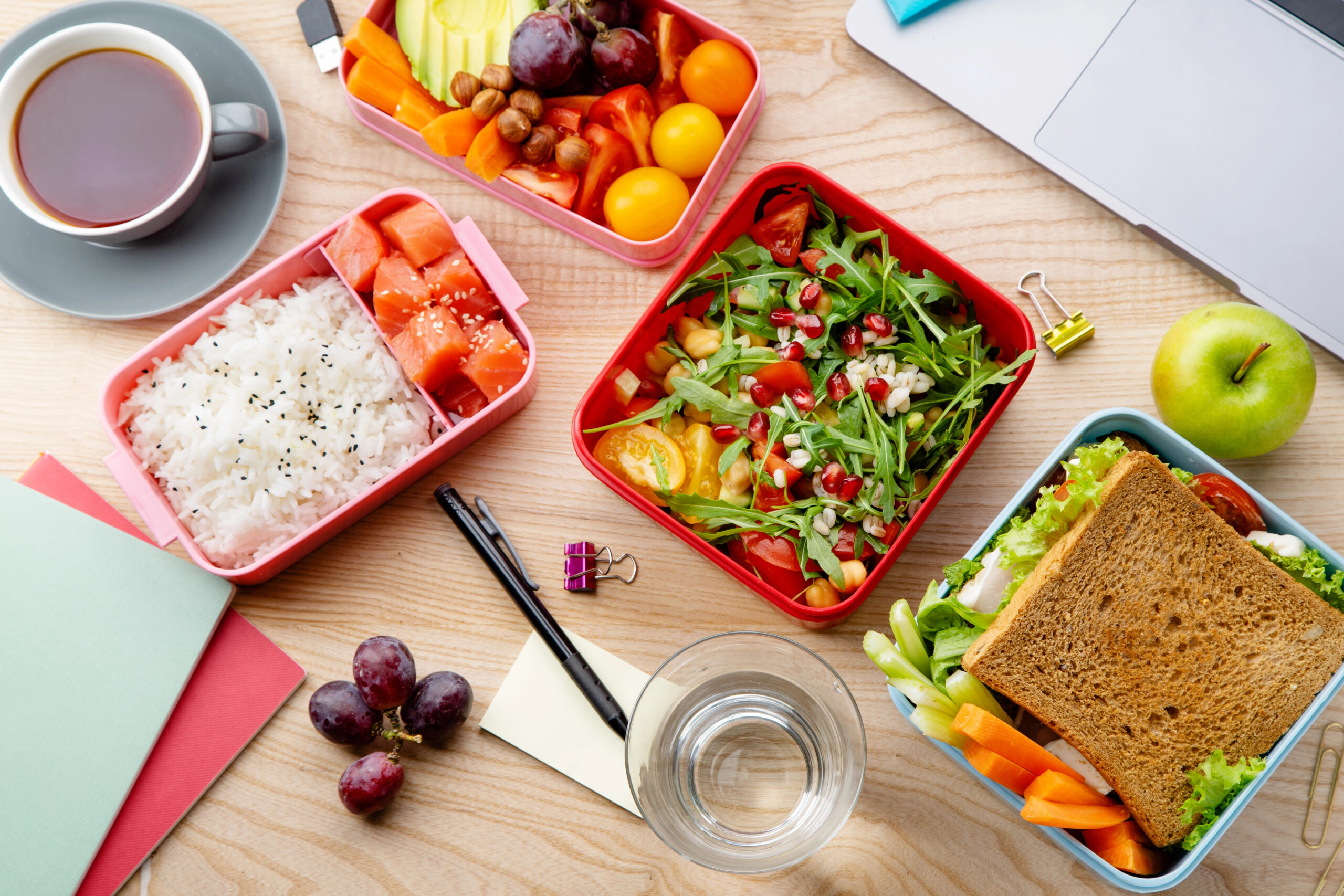
Essential Equipment
Most dorms provide limited kitchen facilities, but these items prove most valuable for college cooking:
- Microwave (usually provided in dorms)
- Mini-fridge (worth investing in a slightly larger one if possible)
- Electric kettle (for instant foods, tea, coffee, and even cooking certain foods)
- Rice cooker (doubles as a steamer and one-pot meal maker)
- Small blender (for smoothies, sauces, and dressings)
Student Kitchen Must-Have: Micom Rice Cooker
Want a dorm-friendly appliance that works smarter, not harder? The Zojirushi Micom Rice Cooker isn’t your average one-button cooker — it adjusts cooking time and temperature for perfect rice every time. Plus, it doubles as a steamer and makes one-pot meals, oatmeal, and even quinoa. It’s an investment piece that saves time, energy, and student sanity.

Zojirushi Micom 3-Cup Compact Size, Multiple Settings, Stainless Steel Made, Built-In Retractable Power Cord and Easy to Transport Rice Cooker and Warmer
- Compact: With its compact size and ability to cook as little as 1/2 a cup of rice or oats, this rice cooker is ideal for small families or couples
- Steel Cut Oatmeal Menu Setting: This is a special menu setting for cooking steel-cut oatmeal. The cooking flow is different than the regular Porridge setting and has a shorter completion time
- Brown or GABA Brown Menu Setting: The Brown Rice Activation (or GABA Brown Setting) activates brown rice by keeping the temperature inside the pan at about 104 degrees F for 2 hours. By activating brown rice, GABA, one of the nutrients contained in brown rice, increases its amount by 1.5 times as much as that contained in non-activated brown rice
- Long Grain White Menu Setting: This is a special menu setting for cooking long-grain white rice. The cooking flow is different than the White rice setting because long-grain white rice cooks differently than short or medium-grain white rice
The Ultimate Dorm Smoothie Machine
For students who want fast, healthy options, the Nutribullet Pro is a total game-changer. It pulverizes frozen fruits, leafy greens, and seeds into silky smoothies in seconds — with minimal cleanup. Whether you’re blending breakfast on the run or whipping up a creamy hummus, this compact blender packs a serious punch in a small space.

nutribullet Pro 900 Watt Personal Blender – 13-Piece High-Speed Blender/Mixer System, Champagne
- With 900 watts of power, the Pro is faster and stronger than the original, but just as simple to use. Load it up with dense whole foods like nuts, seeds, hard fruits, and kale, then push, twist and blend your way to a healthier lifestyle.
- POWER YOUR DAY: 900 watts of power in this compact powerhouse turns anything from strawberries to spinach into smooth, sippable nutrition.
- EASY TO USE: Simple, intuitive design makes this a device you’ll use every day. Just push, twist and blend. Yes, it’s that easy.
- NUTRITION IN NO TIME: Did you know most smoothies can be made in under 60 seconds? Now you can fit healthful nutrition into your busy day!
Necessary Utensils and Accessories
These basics will cover most cooking needs:
Tired of dull, frustrating knives that mash instead of slice? The Shun Classic Utility Knife blends Japanese craftsmanship with effortless precision. It’s the only knife most students will need — sharp enough to prep veggies, fruit, cheese, or proteins in seconds. It’s an elegant, functional upgrade that makes healthy meal prep feel easy and even fun.
Shun Classic 6″ Utility Knife, Handcrafted Japanese Kitchen Knife, VG-MAX Core with Damascus Stainless Steel Cladding, Pakkawood Handle
- KITCHEN UTILITY KNIFE: The Shun Classic 6-inch Utility Knife is expertly designed for multipurpose use where precise cuts are needed, making it a must-have for any kitchen.
- PIONEERING EXCELLENCE: Bring home a piece of the renowned Classic Series – the original authentic Japanese cutlery line introduced to the United States. Enjoy superior craftsmanship and innovative design.
- SUPERIOR SHARPNESS: Crafted with VG-MAX steel and 68 layers of Damascus cladding, this knife delivers razor-sharp precision with a 16-degree edge, ensuring long-lasting performance.
- and secure grip, providing optimal control for both left and right-handed users.
- A good knife and cutting board
- Measuring cups and spoons
- https://m.media-amazon.com/images/I/51IB2MIQbkL.AC_SX679.jpgMicrowave-safe storage containers
- Reusable water bottle
- Plate, bowl, and eating utensils
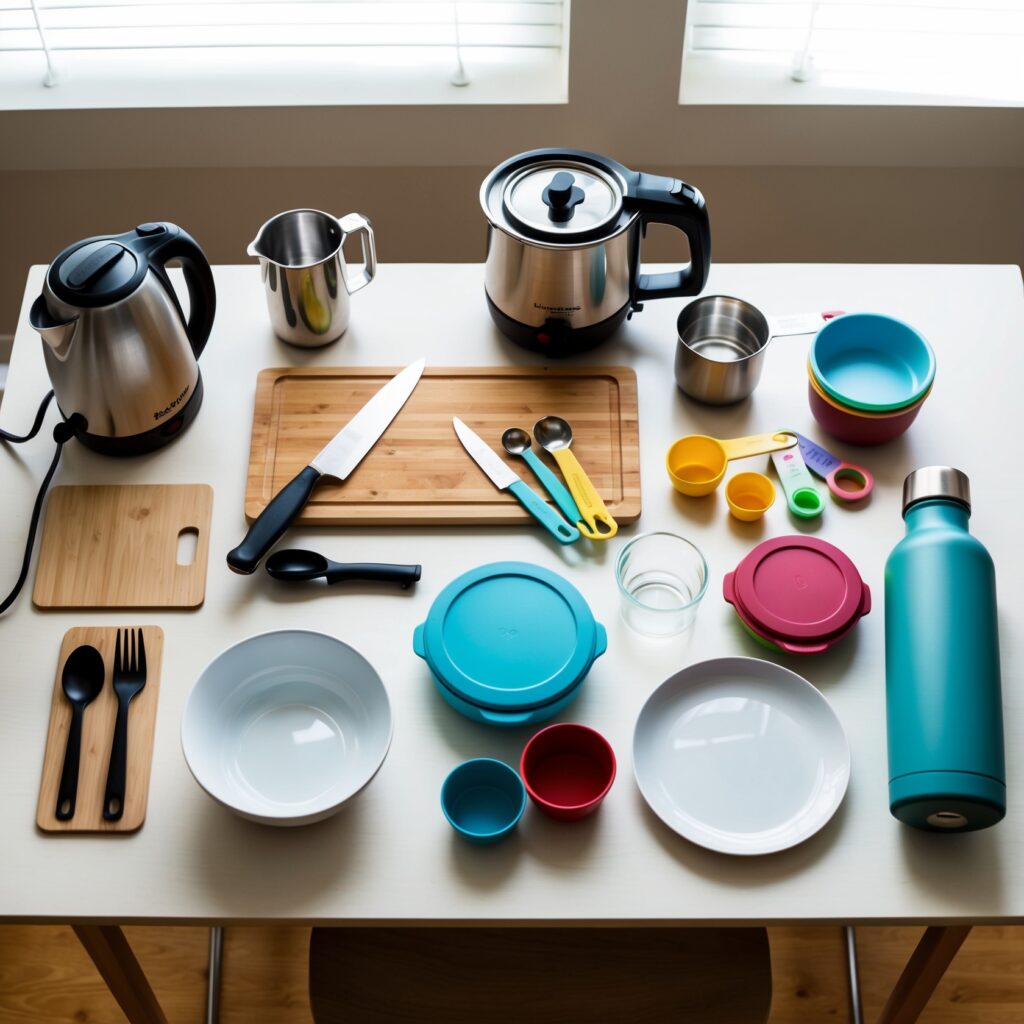
Stocking Your Pantry
A well-stocked pantry makes budget-friendly meal prep possible. Here’s what I recommend students keep on hand:
Shelf-stable Staples
- Rice, pasta, and other grains
- Canned beans, tuna, and chicken
- Peanut butter and other nut butters
- Oats (quick and regular)
- Dried fruits and nuts
- Spices and seasonings (salt, pepper, garlic powder, cinnamon)
- Cooking oils (olive oil)
Refrigerated Basics
- Eggs
- Milk or non-dairy alternative
- Greek yogurt
- Cheese (block and/or string cheese)
- Hummus
- Condiments (mustard, mayo, soy sauce)
Freezer Essentials
- Frozen vegetables (mixed, broccoli, spinach)
- Frozen fruits for smoothies
- Pre-cooked frozen chicken or turkey meatballs
- Frozen microwaveable rice (for busy days)
The Meal Planning Process for College Students
Creating a Weekly Plan
Set aside 30 minutes each weekend to plan meals for the upcoming week:
- Check your schedule to identify particularly busy days
- Take inventory of what you already have
- Plan meals that use similar ingredients to reduce waste
- Make a shopping list organized by store section
- Set a budget and stick to it
Smart Shopping Tips
- Never shop hungry
- Compare prices between stores
- Use student discounts when available
- Buy in bulk for non-perishable items you use frequently
Easy and Affordable Recipes
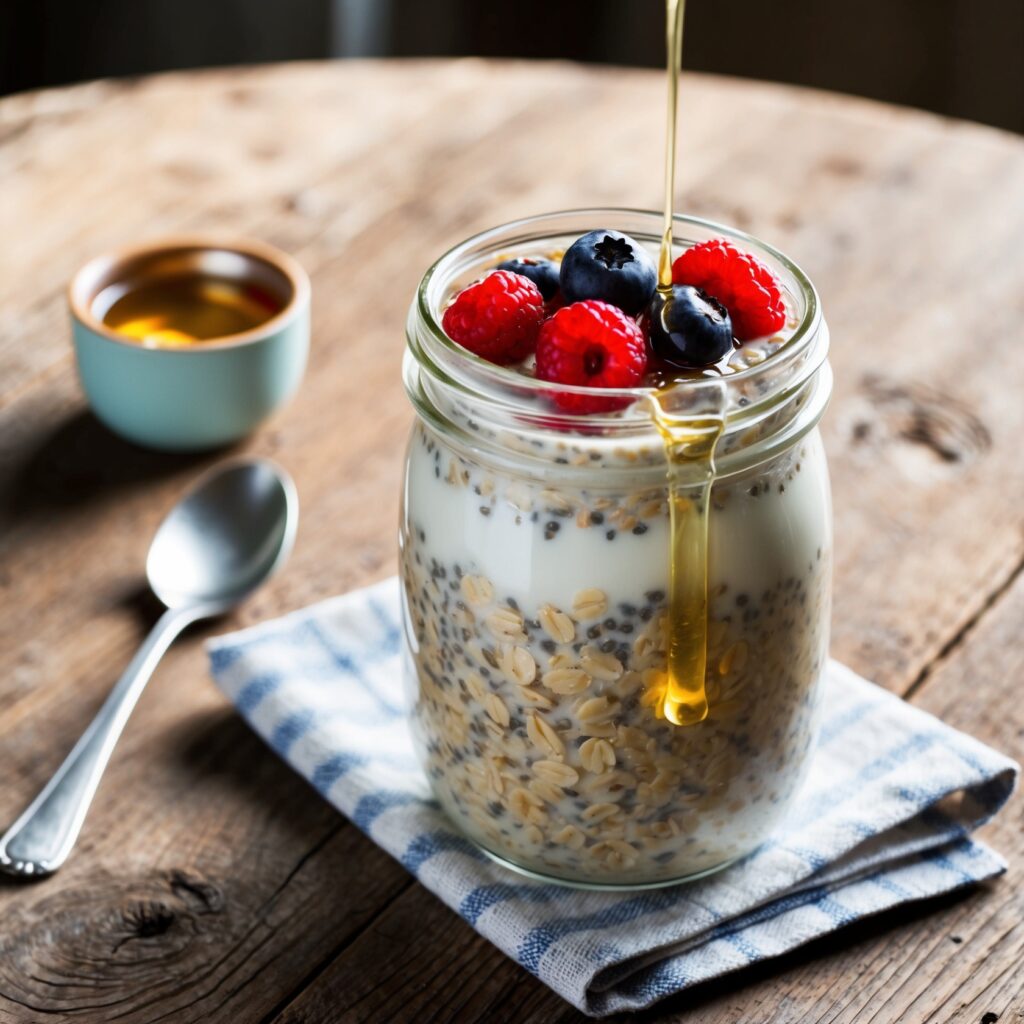
Breakfast Ideas
1. Customizable Overnight Oats
Before bed, mix:
- 1/2 cup rolled oats
- 1/2 cup milk (dairy or plant-based)
- 1 tablespoon chia seeds
- 1 tablespoon maple syrup or honey
- Pinch of salt
In the morning, top with fruit, nut butter, or whatever you have on hand—cheap and filling enough to survive that 9 am class.
2. Microwave Egg Breakfast Burrito
When you need protein to power through morning classes:
- Scramble 2 eggs in a microwave-safe bowl (about 1 minute, stirring halfway)
- Warm a tortilla in the microwave for 10 seconds
- Add the eggs, some shredded cheese, and hot sauce
- Wrap it up and enjoy on the go
3. 5-Minute Greek Yogurt Parfait
Simple but nutritious:
- Layer Greek yogurt with honey or maple syrup
- Add sliced fruit (whatever is in season or on sale)
- Top with granola and a sprinkle of cinnamon
Lunch Options
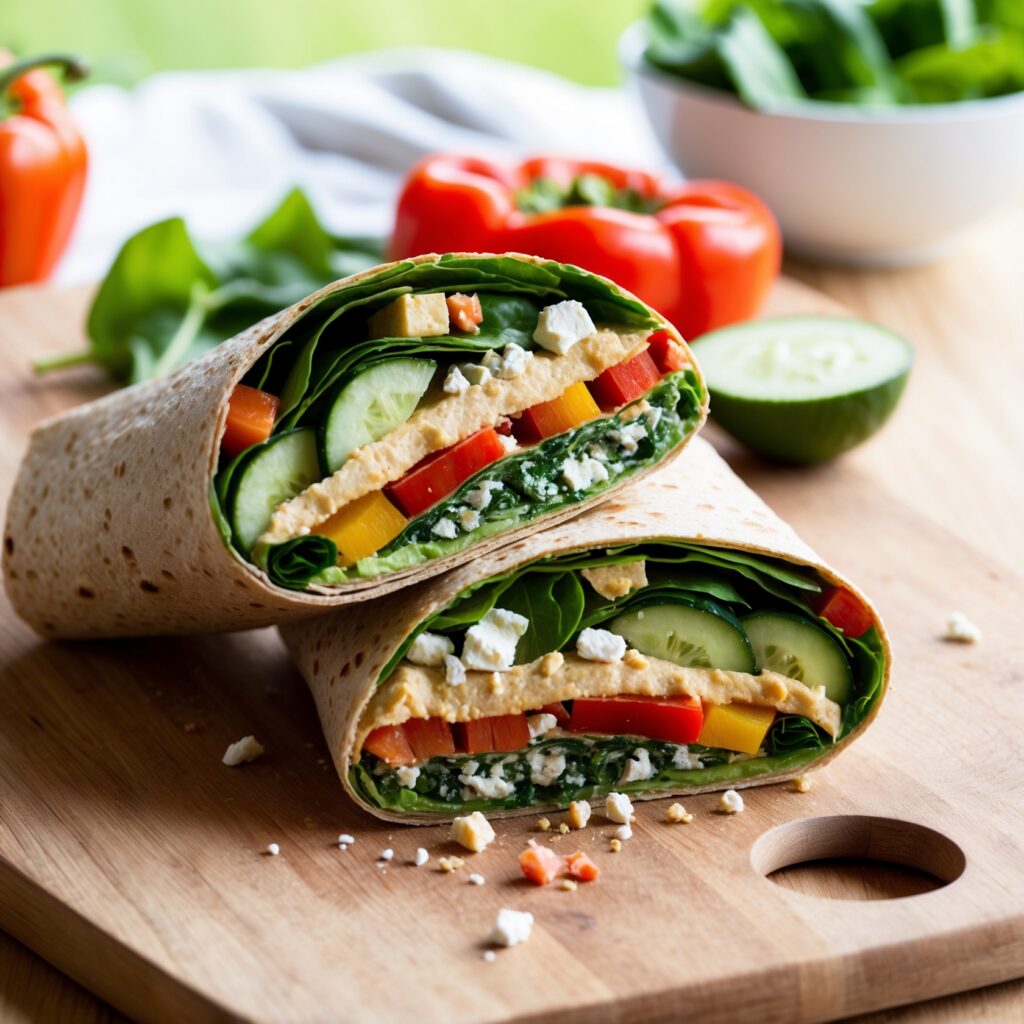
1. No-Cook Mediterranean Wrap
Perfect for packing and eating between classes:
- Spread hummus on a whole wheat wrap
- Layer with cucumber, tomato, bell pepper, and spinach
- Add feta cheese and a drizzle of olive oil
- Roll up and slice in half
2. Microwave Rice and Bean Bowl
This affordable meal is a lifesaver:
- Microwave 1 cup of instant rice or pre-cooked frozen rice
- Add 1/2 can of black beans (rinsed and drained)
- Mix in some salsa, a dollop of Greek yogurt, and avocado if available
- Sprinkle with cheese and microwave for 30 more seconds
3. Protein-Packed Tuna Salad
No cooking required:
- Mix a can of tuna with a little mayo or Greek yogurt
- Add diced apple or celery for crunch
- Season with salt, pepper, and lemon juice if available
- Serve on bread, crackers, or over greens
Dinner Recipes
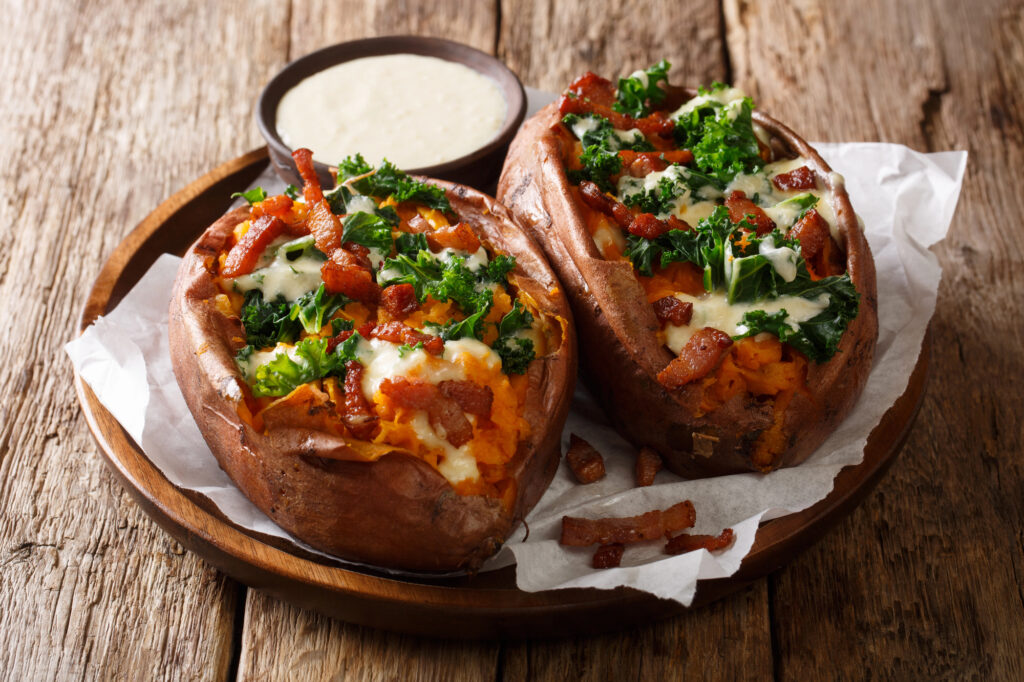
1. Lazy Microwave Pasta
You can cook pasta in the microwave! Just put pasta in a large bowl with double the water and microwave for about 10 minutes (stir halfway to prevent clumping). Drain and add your favorite sauce.
2. Rice Cooker Magic Bowl
A rice cooker isn’t just for plain rice. Add rice and water according to instructions, then place frozen vegetables and protein (tofu chunks or leftover rotisserie chicken) on top. When it finishes, drizzle with bottled teriyaki sauce and stir for a complete meal with minimal effort.
3. Loaded Microwave Sweet Potato
Pierce a sweet potato several times with a fork (important to prevent exploding) and microwave for 5-7 minutes until soft. Cut it open and top with black beans, salsa, Greek yogurt, and avocado if available. Takes about 10 minutes total and provides a satisfying, nutritious meal.
Nutritious Dorm Snacks
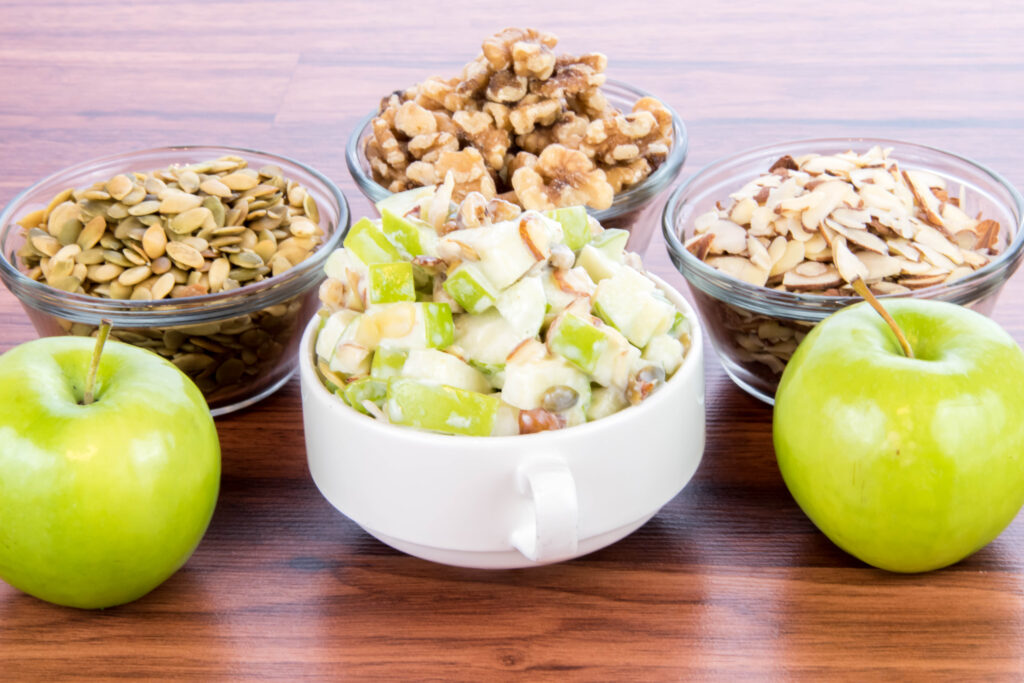
1. Apple and Nut Butter
A perfect study snack:
- Slice an apple and serve with a tablespoon of peanut or almond butter
- Sprinkle with cinnamon for extra flavor
2. DIY Trail Mix
Make a big batch at the beginning of each week:
- Mix nuts (whatever is on sale)
- Add dried fruit like raisins or cranberries
- Throw in some chocolate chips or coconut flakes
- Store in a sealed container for grab-and-go snacking
3. No-Bake Energy Balls
These keep well in the fridge:
- Mix 1 cup oats, 1/2 cup nut butter, 1/3 cup honey, and 1/4 cup mini chocolate chips
- Add a dash of cinnamon and a pinch of salt
- Roll into bite-sized balls and refrigerate
- Grab 2-3 for a quick energy boost between classes
Advanced Meal Prep Strategies
Batch Cooking
On Sundays, dedicate about two hours to preparing components for the week ahead:
- Cook a large batch of grains (rice, quinoa)
- Prepare a protein (beans, shredded chicken, hard-boiled eggs)
- Chop vegetables for quick additions to meals throughout the week
The real advantage is having ready-made food available when you’re exhausted after a late class—much better than relying on another granola bar dinner.
Time-Saving Hacks
Frozen vegetables: LIFESAVERS. No chopping, no washing, no weird smell in the fridge after forgetting them for a week. Just dump them in whatever you’re making.
Rotisserie chickens: They might seem expensive ($8-9 these days), but grab one and you’ve got protein for days. Eat some hot food the first night, then shred the rest for tacos, salads, whatever.
Microwave rice packets: 90 seconds. Enough said.
Freezing leftovers in single portions is a game-changer. It’s saved countless students from pizza deliveries when they’re too tired to think.
These tips are part of what makes meal planning college students can actually stick with so valuable. Sometimes the pre-cut, pre-cooked stuff costs more upfront. But during midterms or finals? Spending that extra dollar or two makes sense if it means actually eating real food instead of vending machine dinners for a week straight.
Collaborating with Roommates
Consider implementing a meal-sharing system with your roommate:
- Alternate cooking dinner every other night
- Contribute ingredients based on a shared shopping list
- Respect each other’s dietary preferences and allergies
- Maintain a “common pantry” of shared staples
This arrangement cuts cooking time in half while enhancing meal variety. It can also become a bonding experience as you learn recipes from different backgrounds.
Staying Motivated

Tracking Your Progress
Keep track of what works using a basic notes app:
- Record grocery costs to see savings over time
- Note which recipes were successful versus those that weren’t
- Monitor how rarely you resort to expensive takeout after implementing your plan
What keeps students motivated is seeing their bank accounts stop hemorrhaging money and feeling better physically from improved nutrition. Even during challenging weeks, having food already prepped makes it easier to resist the temptation of delivery apps.
Overcoming Common Challenges
Even the best meal plans face obstacles:
- Limited kitchen access: Maximize the equipment you have and occasionally use friends’ apartment kitchens for more elaborate cooking sessions.
- Busy schedule conflicts: Identify your 2-3 busiest days each week and ensure you have grab-and-go options ready.
- Food boredom: Rotate between about 10 core recipes but vary seasonings, sauces, and add-ins to create variety.
Making Meal Prep Enjoyable
Meal prep doesn’t have to be boring:
- Experiment with trending recipes occasionally
- Organize cooking sessions with friends where everyone contributes an ingredient
- Challenge yourself to recreate favorite restaurant meals at home for a fraction of the cost
The best part about cooking during school? It provides a productive break from studying. Unlike scrolling social media, you have something tangible to show for your time. Plus, nobody grades your cooking failures!
Advice to Fellow Parents
Don’t overwhelm your kids with food advice. They won’t listen anyway. Instead, give them practical tools. Send them to school with a basic cooking kit. Share simple recipes they actually like. Teach them to read nutrition labels. Show them how to shop on a budget. Remember what college life is really like. Crazy schedules. Bare-bones kitchens. Rookie skills. Your job isn’t to transform them into master chefs. It’s to make sure they can feed themselves decently when you’re not around.
Stay connected through food without micromanaging. Ask what they’re eating without judgment. Send care packages with shelf-stable ingredients. Share family recipes simplified for dorm cooking. Offer to grocery shop together during visits home. Be understanding about their food choices. The habits they form now won’t be perfect. That’s okay. The goal is progress, not perfection. When they call at 11 pm asking how to make scrambled eggs, celebrate. It means they’re trying. That’s a win.

Reflections and Takeaways
Learning to plan and prepare meals is a valuable skill that extends beyond college. It fosters independence, practical knowledge, and healthier habits that can last a lifetime.
If you’re just starting with meal planning, begin small. Maybe prepare just breakfasts, or cook dinner twice a week. The important thing is establishing systems that work with your unique schedule, budget, and living situation.
Start by writing down a few meal ideas and buying those specific ingredients instead of wandering the store grabbing random items. Making just one decent meal a day is a significant achievement when you’re swamped with classes. The skills you develop now will stay with you. I still make some of the same affordable, quick meals I created decades ago. They’re not fancy, but they work—and that’s the whole point.

*We may earn a commission for purchases made using our links. Please see our disclosure to learn more.

